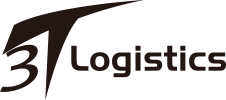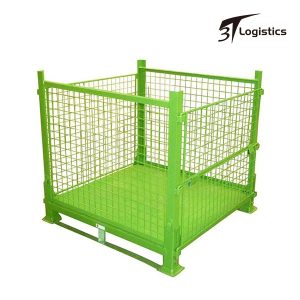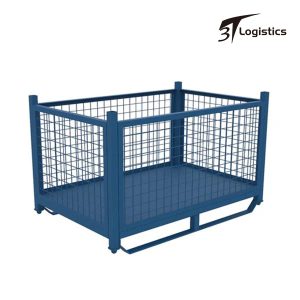CATEGORIES
Your Trustworthy Stillages Supplier
We can help you more like customized a new product with new molds and also do the drawings for you, the size and color can be do more according to your using, you can mixed any types of the products to fulfill the container and to get a cheaper price, you also can get support for material choosing, we will be your good partner for your Stillages.
Send us a picture or other information which related with your product, than we can know more better of your products, the correct price will come out for your customized stillages and you can get support with shipment from us.
Why Choose Us
Super quality
We are factory we have to do service for after sales service and the cost is normally much higher for this part, the only thing to save the cost is do the product with high quality.
Professional experience
Since we do have more than 25 years experience for production, we can help you do more products with new molds develop and there is no request for quantity, you can trust us no matter which type of the product you want.
New type support freely
New products means new molds and more investment for development, we can help you freely and support you the molds without cost any money from you, you can get most support from us.
Reasonable price
Cause we do all of the production in our own factory including coating , so the price can be get more reasonable and the quality can be promised if you work with us together.
What Is Stillages
Stillage Container refer to specialized racks, bins, or containers designed for the storage and transport of goods, typically in manufacturing, warehousing, or distribution environments. Stillage cages are constructed to provide secure and organized storage for various items, and they come in different shapes and sizes depending on the specific application.
Steel Pallet Box play a crucial role in the supply chain, helping businesses streamline their material handling processes, improve organization, and enhance the overall efficiency of storage and transportation activities.
Benefits of Stillages
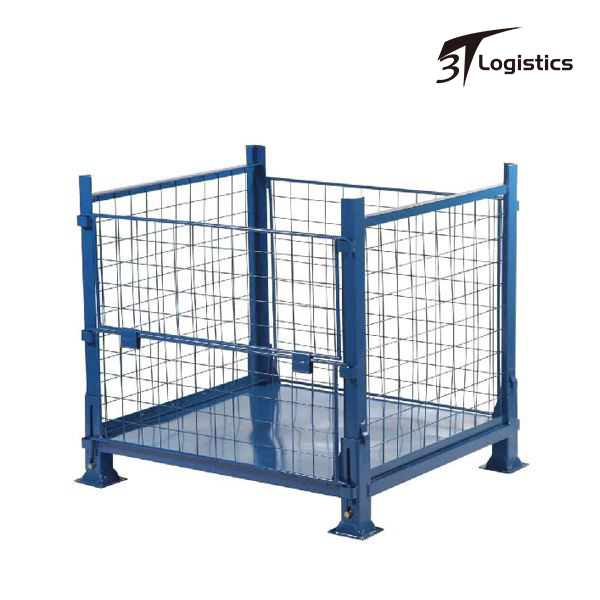
Material and Construction
Metal Stillages Pallet Cages are often made of robust materials such as steel, making them durable and suitable for heavy-duty applications. The construction may include a combination of bars, mesh, or solid panels to create compartments for holding items securely.
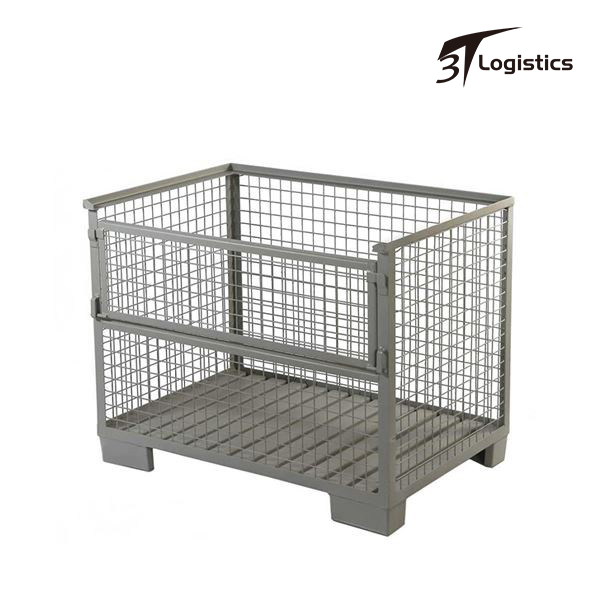
Storage and Transport
The primary purpose of Foldable Steel Pallet Boxes is to facilitate the storage and transportation of goods. They are commonly used to organize and transport materials within a facility, ensuring efficiency in handling and reducing the risk of damage to the goods.
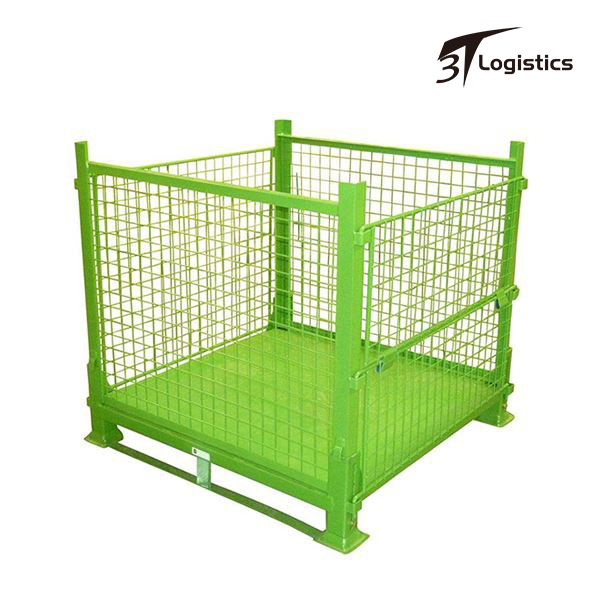
Stackability
Many Steel Stillages are designed to be stackable, allowing them to be efficiently stored when not in use. This feature contributes to space optimization in warehouses or manufacturing facilities.
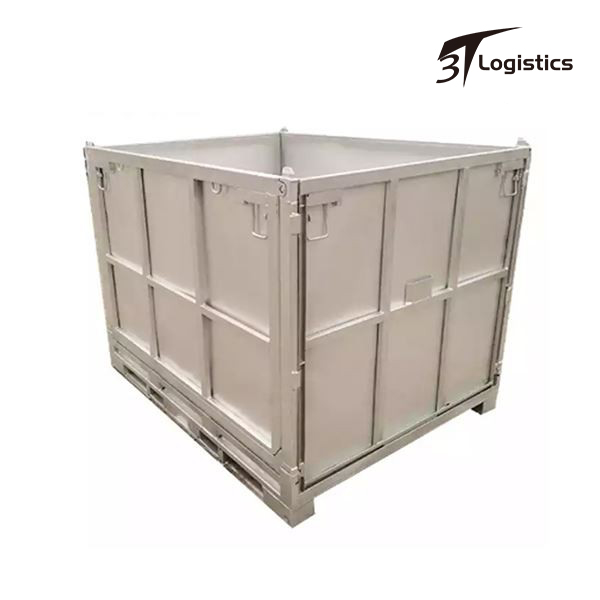
Forklift Access
Metal Cage Stillages are often designed with openings or features that allow easy access for forklifts or other material handling equipment. This facilitates the smooth movement of stillages within a facility.
Application of Stillages
Automotive Industry
Metal Stillages are widely used in the automotive industry for storing and transporting components such as engine parts, body panels, and other heavy or bulky items. They are designed to withstand the demands of manufacturing processes and can be easily moved by forklifts or other handling equipment.
Manufacturing and Production
In manufacturing and production settings, Stillage Basket is employed to organize and transport raw materials, work-in-progress items, or finished products. Customized stillages can be designed to match the specific requirements of different manufacturing processes.
Warehousing and Distribution
Metal pallet box play a crucial role in warehousing and distribution centers. They are used to organize and store goods, making it easier to manage inventory and streamline the order fulfillment process. Stackable stillages help optimize storage space in warehouses.
Types of Stillages
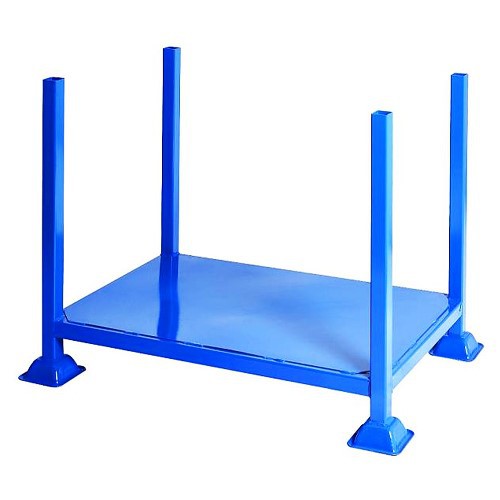
Post Pallet Stillage
Post pallet stillages are designed with vertical posts or columns that support horizontal pallets or trays. They are commonly used for storing and transporting goods, providing easy accessibility.
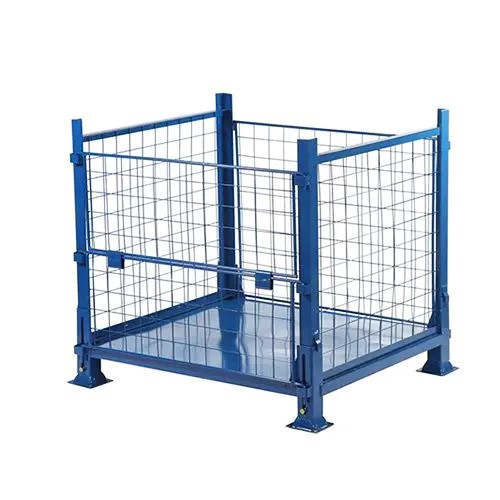
Cage Stillage
Cage stillages are enclosed structures typically made of mesh or wire panels. They provide visibility of the stored items while offering containment and protection. Cage stillages are suitable for industries where airflow, visibility, and protection are essential.
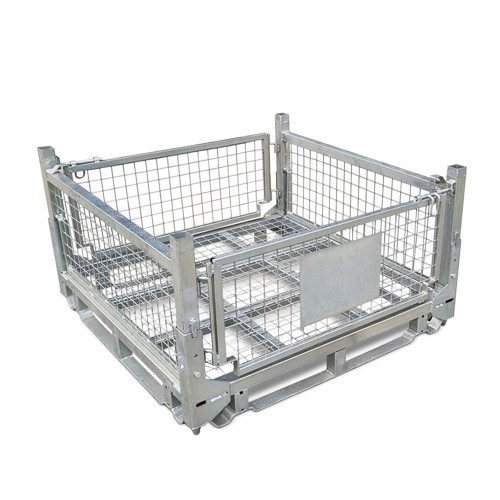
Stackable Stillage
Stackable stillages are designed to be stacked on top of each other, allowing for efficient use of vertical storage space. They often have features like stacking feet or stacking frames to ensure stability when stacked.
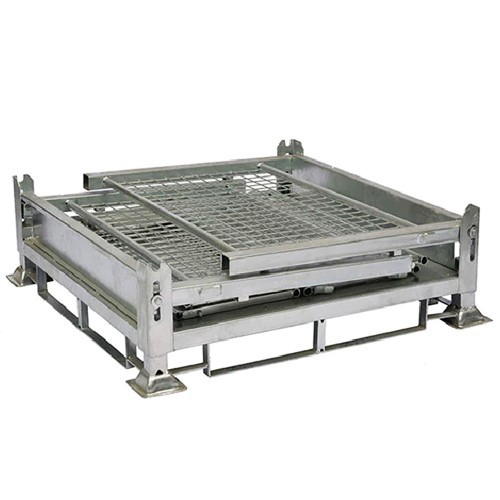
Collapsible Stillage
Collapsible stillages are designed to fold or collapse when not in use, reducing storage space when empty. This type is beneficial for applications where space optimization during transportation or storage is crucial.
Materials for Stillages
- Steel: Carbon steel is a robust and commonly used material for stillages. It provides strength, durability, and load-bearing capacity and Stainless steel is corrosion-resistant, making it suitable for applications where exposure to moisture or corrosive substances is a concern.
- Aluminum: Aluminum is known for its lightweight properties. Stillages made of aluminum are suitable for applications where weight is a critical factor, and corrosion resistance is needed.
- Mesh or Wire Panels: Stillages may feature mesh or wire panels, often made of steel or other metals. Mesh panels provide visibility of stored items while allowing airflow. The type of this product do have light weight, so the price of the whole product is also cheaper then the heavier.
- Plastic or Polymer: Some stillages incorporate plastic or polymer components. This may include corner protectors, pallet bases, or other elements to reduce the risk of damage to stored goods or to provide additional protection during handling.
- Galvanized Steel: Galvanized steel is steel that has been coated with a layer of zinc to enhance corrosion resistance. Galvanized stillages are less prone to rust and are suitable for outdoor or damp environments.
- Powder-Coated Steel: Powder coating involves applying a dry powder to the surface of steel and then curing it to form a protective and durable finish. Powder-coated stillages are resistant to corrosion, scratches, and chemicals.
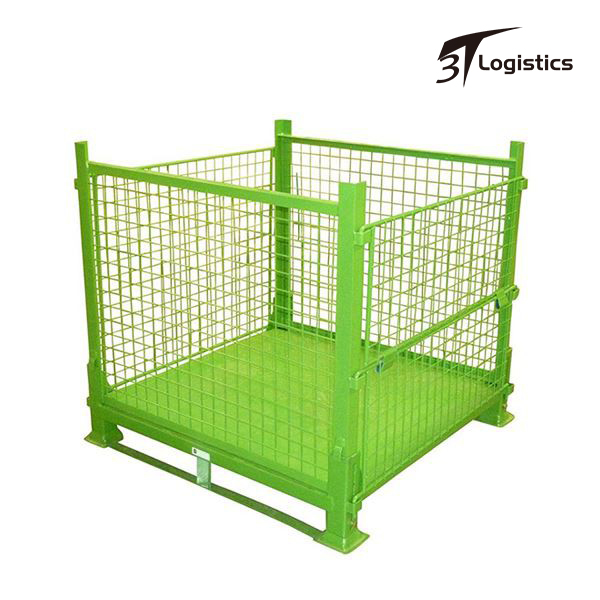

What Parts Of The Stillages Have
- Frame: The frame is the main structural component of the stillage, forming the overall shape and providing support for the stored goods. The frame is often made of steel or aluminum, and its design may vary depending on the type of stillage.
- Posts or Uprights: Vertical posts or uprights are part of the frame and provide support for the horizontal components. They contribute to the overall stability and load-bearing capacity of the stillage.
- Horizontal Beams or Rails: Horizontal beams or rails are attached to the vertical posts and create the framework for the stillage. They support the base or mesh panels and contribute to the overall strength of the structure.
- Mesh or Solid Panels: The panels form the sides, base, and possibly the top of the stillage. The choice between mesh and solid panels depends on the application. Mesh panels provide visibility and airflow, while solid panels offer containment and protection.
- Drop-down Gates or Doors: Some stillages have drop-down gates or doors that allow easy access to the contents. These gates can be opened for loading and unloading goods and closed to secure the stored items.
How to customized a Stillage
- Define Requirements:
Clearly outline the specific requirements for the stillage. Consider factors such as the type of goods to be stored or transported, the weight and size of the items, the available storage space, and any special features needed.
- Determine Stillage Type:
Identify the type of stillage that best suits your needs. Common types include post pallet stillages, cage stillages, stackable stillages, collapsible stillages, and others. The choice depends on the application and the characteristics of the items being handled.
- Custom Dimensions:
Determine the dimensions of the stillage based on the size and quantity of goods to be stored. Consider the width, height, and depth of the stillage, as well as any space constraints in the storage or transportation area.
- Adjustable Features:
Opt for adjustable features in the stillage design, such as adjustable arms, dividers, or removable panels. This allows for flexibility in accommodating different types and sizes of goods.
- Custom Materials:
Choose materials for the frame and components based on the environmental conditions of the storage area and the characteristics of the goods. Common materials include steel, aluminum, mesh or wire panels, plastic, or a combination of materials.
- Specialized Coatings:
Depending on the application, consider specialized coatings or finishes for the stillage. For example, corrosion-resistant coatings may be important for outdoor use or in environments where exposure to moisture is a concern.
How To Maintain Stillages
Regular Inspections
Conduct routine visual inspections of the stillages. Look for signs of damage, wear, or any structural issues. Regular inspections help identify potential problems early on.
Cleaning
Keep stillages clean from dust, debris, and contaminants. Regular cleaning helps prevent the accumulation of materials that could damage stored goods or affect the stillage’s stability.
Check for Corrosion
If the stillages are made of metal, check for signs of corrosion, especially in areas prone to rust. Address any rust spots promptly by cleaning and applying appropriate anti-corrosion treatments or coatings.
Tighten Loose Fasteners
Periodically check and tighten any loose bolts, nuts, or fasteners on the stillages. Loose components can compromise the stability and load-bearing capacity of the stillage.
Verify Weight Capacities
Confirm that the weight capacities specified for the stillages are not exceeded. Overloading the stillages can lead to structural damage and compromise safety.
Check for Bent or Damaged Components
Inspect the frame, posts, beams, and other structural components for any signs of bending, warping, or damage. Replace or repair any compromised components to maintain the integrity of the stillage.
